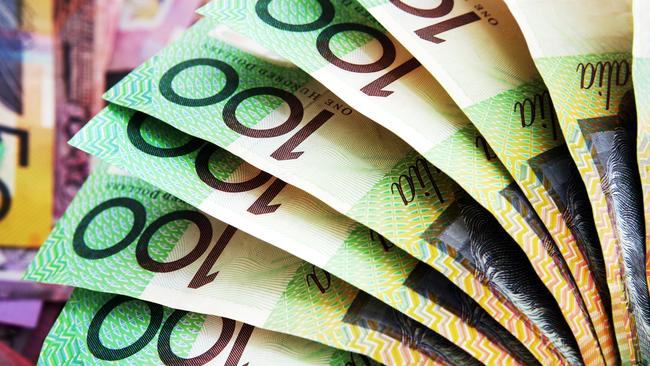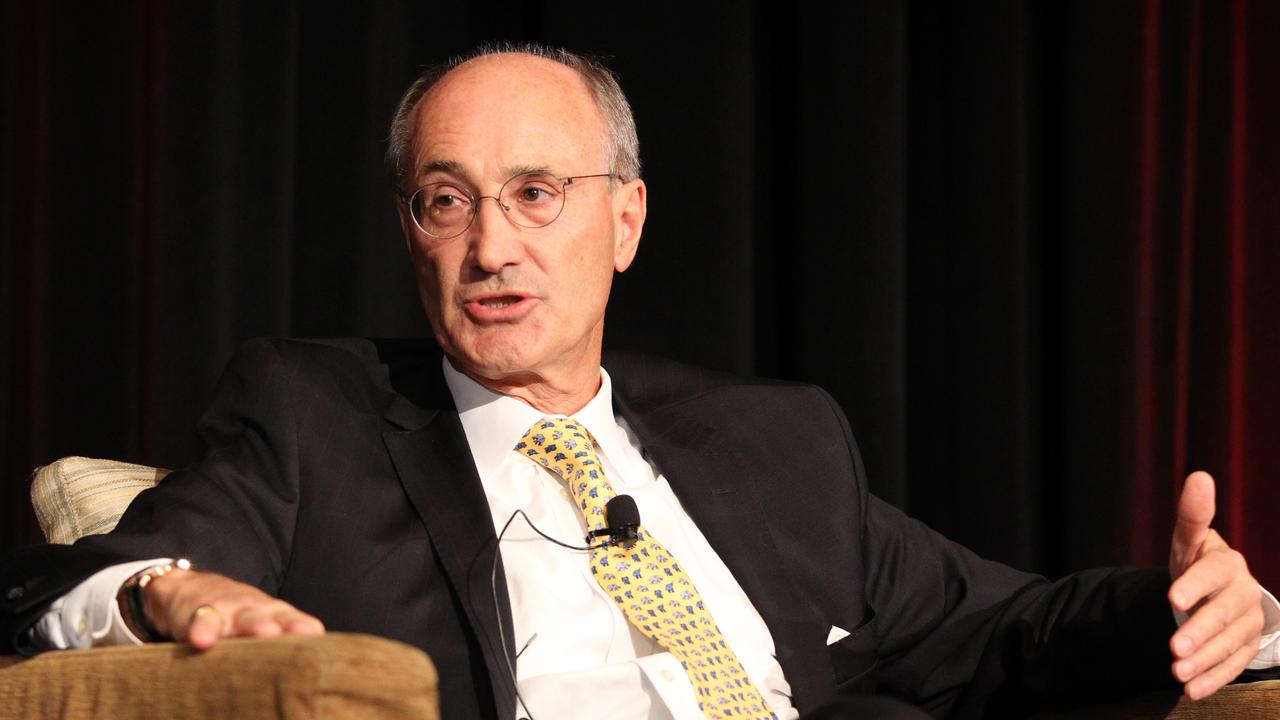Mercer league tables reveal fund leaders
Mercer’s latest fund manager investment rankings reveal some consistent outperformers in a tough environment with the leader of the pack returning 23.1 per cent.

Mercer’s coveted Australian fund manager investment ranking tables are out, with some funds achieving a consistently strong investment performance over the various time frames surveyed.
In the important one-year rankings for September, the top-five performing funds were First Sentier Australian Equities Geared Growth, Merlon Concentrated Value Strategy, Lazard Select Australian Equity, Auscap Long Short Australian Equities and Smallco Broadcap Fund.
Returns ranged from 17.3 to 23.1 per cent per annum versus 12.9 per cent for the S&P/ASX 300 benchmark. The median return for funds surveyed for the one-year period was 12.4 per cent.
Rounding out the top 10 performing funds for the year to September were Maple-Brown Australian Value Opportunities, Schroder Australian Equity Opportunities, Forager Australian Value, Selector High Conviction Equity Fund and Allan Gray Australian Equity.
Of course funds that also score well over longer time frames warrant more attention.
Auscap, Lazard, Merlon and Allan Gray made the top 10 for both the one-year and three-year periods.
First Sentier, Auscap and Smallco were also in the top 10 performing funds over five years.
While it has been a strong year for shares, surging bond yields and more recently the Middle East crisis saw benchmarks fall about 8.5 per cent from their late July highs to their late October lows.
Forager Australian Value, Auscap Long Australian Equity, and Lazard Select Australian Equity were the only top-10 funds for one-year that made it into the top 10 for the three months to September.
Ironically, Auscap’s long-short fund continued to knock it out of the park as the sharemarket started to fall — even without holding any short positions — but avoiding overpriced landmines helped.
“We had absolutely no shorts on in that entire period, but we did have a good reporting season,” Auscap CIO and founder Tim Carleton said.
Auscap’s top 20 shareholdings comprise about 80 per cent of the fund. Each of its top 20 is considered to be the leader in its category. The fund aims to pay fair value at most.
“We would be delighted if the market is moving back into a more normal environment because it’s been hard for us to get there on valuation grounds across a number of sectors, such as health care and information technology in recent years,” Mr Carleton said.
“Some of them are very good companies but we can’t justify paying 50 times prospective earnings or north of that in some cases.”
ResMed is a good case in point. Auscap was able to boost its previously tiny stake in the company to a top 20 shareholding after ResMed shares fell to their lowest valuation in 10 or 15 years.
“As the valuations of healthcare, tech and infrastructure companies come back to valuations that we would consider more reasonable, you’ll see our sector exposures normalise,” Mr Carleton said.
CSL is another health care stock that Mr Carleton says “has a little way to go” before he would buy.
“We are still cautious on CSL for the near term. It’s a business that we would like to own at some point, but we’ll be a little bit picky as to price for the moment.”
Macquarie on the other hand has been a core holding since inception and will remain so unless something materially changes. While it faces near-term earnings headwinds from rising interest rates, its valuation is already back to long-term averages, and it has a “remarkable ability to re-evaluate its position in different markets and come up with news earnings streams,” Mr Carleton said.
Meanwhile, Merlon Capital’s investment philosophy aims to exploit behavioural bias.
The fund made a 19.7 per cent return in the 12 months to September.
“People tend to overemphasise recent information and are uncomfortable having unpopular views – these are examples of proven behavioural biases,” said Merlon founder, Neil Margolis.
“Our process then is to invest in undervalued companies where we think the market is too pessimistic. Our process prevents us from falling into behavioural bias and takes advantage of hazards.”
To spot undervalued companies, Merlon looks at cash flow and fair valuation ranges.
“Our best ideas are ones that are trading at the bottom of a range, rather than spending too much time focusing on the central case.”
In terms of what has worked in the past year, he pointed to the utilities sector, where Merlon backed AGL and Origin Energy, which was subject to a takeover. It also did well in the general insurers, IAG and Suncorp, which benefited from rising interest rates, but were also able to increase their prices.
Merlon has since exited Suncorp shares and taken some profit in AGL.
Mr Margolis also said shares of News Corp, publisher of The Australian, boosted his fund’s return.
Super Retail Group and Qantas did well for Merlon in the past year – the fund was able to get out of Qantas before the share price tanked. “You’ve always got to be close to the exit,” Mr Margolis said.
Not having CSL and ResMed in the portfolio as their share prices tanked was another positive driver of returns relative to the index. Merlon recently bought into Treasury Wine Estates.
And Merlon wasn’t caught by the sell-off in the property and infrastructure sectors.
Mr Margolis has long taken the view that 6 per cent is a “normal” level for bond yields in his valuation.
First Sentier’s Head of Australian Equities, David Wilson, said his fund uses a return-on-capital approach that tends to steer it toward quality growth companies.
In the past 12 months it has done well from QBE Insurance, which has “started the journey in reducing the volatility in its earnings” and has benefited from a stronger insurance cycle and the lift in interest rates as it has boosted QBE’s investment returns.
Another driver of First Sentier’s market-leading 23.1 per cent return was Goodman Group.




To join the conversation, please log in. Don't have an account? Register
Join the conversation, you are commenting as Logout